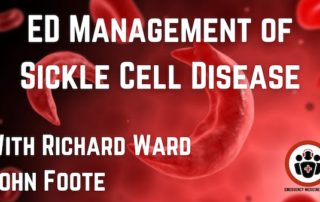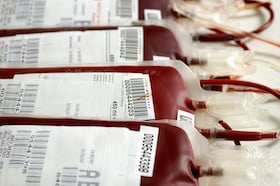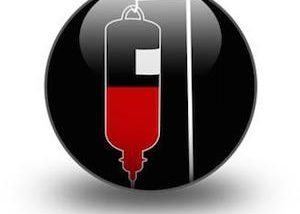emergency medicine hematology
Best Case Ever 51 – Anticoagulants and GI Bleed with Walter Himmel
In anticipation of Episode 88 and 89: DOACs Use, Misuse and Reversal with the president of Thrombosis Canada and world renowned thrombosis researcher Dr. Jim Douketis, internist and thrombosis expert Dr. Benjamin Bell and 'The Walking Encyclopedia of EM' Dr. Walter Himmel, we have Dr. Himmel telling us the story of his Best Case Ever on anticoagulants and GI bleed. He discusses the most important contraindication to DOACs, the importance of not only attempting to reverse the effects of anticoagulants in a bleeding patient but managing the bleed itself as well as more great pearls. In the upcoming episodes we'll run through 6 cases and cover the clinical use of DOACs, how they work, safety, indications, contraindications, management of minor, moderate and severe bleeding, the new DOAC reversal agents, management of DVT with DOAC anticoagulants, stroke prevention in atrial fibrillation with DOACs and much more...










